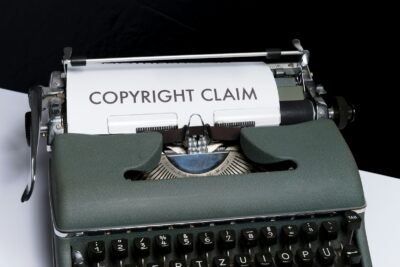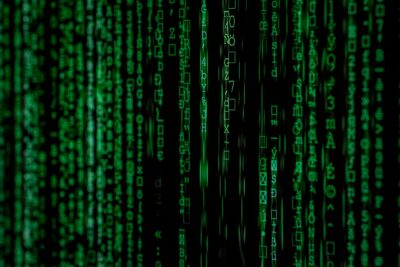Enhancing Content Creation Investments through Modern Technology
Empowering Intellectual Property Protection with Artificial Intelligence
Artificial Intelligence (AI) is reshaping the landscape of intellectual property protection, offering innovative solutions to safeguard organizations’ investments in content creation. In the realm of media licensing, AI-powered systems play a pivotal role in automating the detection and enforcement of intellectual property rights. By analyzing vast amounts of digital content, AI algorithms can identify unauthorized use or distribution of copyrighted materials, enabling organizations to take timely legal actions and protect their intellectual assets.
In addition to detection, AI enhances proactive measures for intellectual property protection. AI-driven predictive analytics can anticipate potential threats to intellectual property rights, allowing organizations to implement preemptive strategies to mitigate risks. Furthermore, AI-powered content recognition technologies enable real-time monitoring of online platforms, ensuring compliance with licensing agreements and copyright regulations.
The adoption of AI in intellectual property protection not only strengthens legal enforcement but also optimizes resource allocation. By automating repetitive tasks such as content monitoring and infringement detection, organizations can streamline their operations and focus human resources on strategic initiatives. Moreover, AI-driven insights provide valuable data for decision-making, enabling organizations to refine their content strategies and maximize the return on their content investments.
Securing Intellectual Property with Blockchain Technology
Blockchain technology offers a decentralized and immutable ledger that enhances the security and transparency of intellectual property rights management. Through blockchain-based media licensing platforms, organizations can create tamper-proof records of content ownership and usage rights, facilitating transparent transactions and reducing disputes.
Smart contracts, powered by blockchain, automate the execution and enforcement of licensing agreements, ensuring that all parties adhere to predetermined terms and conditions. This eliminates the need for intermediaries and minimizes the risk of contract breaches or disputes. Additionally, blockchain enables transparent royalty payments through programmable transactions, providing creators with fair compensation for their intellectual contributions.
Furthermore, blockchain enhances the traceability of content distribution, allowing organizations to track the journey of their digital assets across various platforms and channels. This visibility not only deters piracy and unauthorized distribution but also enables data-driven insights into consumer behavior and content consumption patterns. By leveraging blockchain, organizations can optimize their content distribution strategies and maximize the value of their intellectual property portfolio.
Maximizing the Impact of Modern Technology through Strategic Partnerships
Collaboration with technology providers and industry stakeholders is essential for maximizing the impact of modern technology on intellectual property protection. By partnering with AI and blockchain experts, organizations can gain access to cutting-edge solutions tailored to their specific needs and challenges. Strategic alliances also facilitate knowledge sharing and best practices exchange, enabling organizations to stay abreast of the latest technological advancements and regulatory developments.
Moreover, cross-industry collaborations enable holistic approaches to intellectual property protection, addressing emerging threats and vulnerabilities across different sectors. For example, collaborations between content creators, technology companies, and legal experts can lead to the development of comprehensive strategies for combating piracy, counterfeiting, and other forms of intellectual property infringement. By pooling resources and expertise, organizations can create synergies that amplify the effectiveness of their intellectual property protection efforts.
Furthermore, partnerships with government agencies and regulatory bodies are crucial for creating an enabling environment for modern technology adoption and enforcement. Governments play a key role in establishing legal frameworks and standards that govern intellectual property rights and ensure compliance with international regulations. By engaging with policymakers and advocacy groups, organizations can contribute to the development of policies that promote innovation, creativity, and fair competition while safeguarding intellectual property rights.
In conclusion, strategic partnerships are instrumental in unlocking the full potential of modern technology for intellectual property protection. By fostering collaboration among stakeholders from the public and private sectors, organizations can harness the collective power of AI, blockchain, and other emerging technologies to safeguard their intellectual assets and drive sustainable growth in the digital economy.
—
#ModernTechnology, #AI, #Blockchain, #IntellectualPropertyProtection, #MediaLicensing, #ContentCreation























